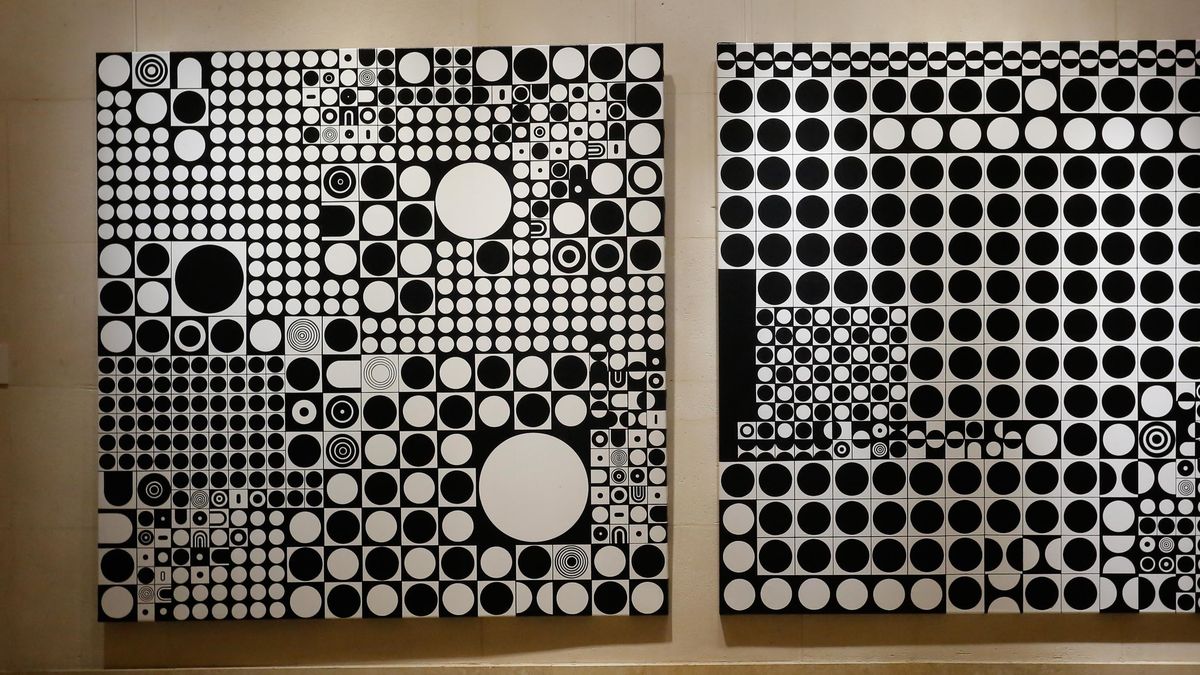In her new exhibition at the Duhau Palace, “The Circle and the Shadow”, the artist once again exhibits vitality through an expansive geometry that never ceases to seduce the visitor.
The art critic Gabriel Palumbo (1966-2023) referred to the work of Genoveva Fernandezin which he acted as curator of “Time and proximity”previous show at Cott Gallery, with these words: “His work is organic, there is a game of permanence and escape that imposes movement, which confirms his life experience”The artist is currently exhibiting her new exhibition at the Paseo de las Artes Duhau entitled “The circle and the shadow”.
The content you want to access is exclusive for subscribers.
The vitality of her works was always demonstrated when she created giant black and white flowers; also her self-confidence when showing exuberant figures, half dressed, half naked, with sexy curly hair, when she exhibited at Elsi del Río.


What have you been doing for some years now? In the text written by the artist she points out that “It seeks an expansive geometry composed of ornamental patterns and motifs that are characterized by signs that are repeated, tending to cover all surfaces.”
Regarding the word ornamental and geometric in nature, we also used it in a commentary on his work by associating it with the social and aesthetic movement “Arts & Crafts”created in the late 19th century by the English writer, painter, designer William Morris (1834-1896), who rescued the artisanal since Fernandez He treasures leftover paint in perfectly labelled bottles with which he makes his colours, which are white, black, grey, silver and ochre.
Colors that go with a geometry of extreme rigor, full of curves, with black and white circles, a bit like Manuel Espinosa At some point in his career, he wrote: “Painting, freed by mechanical inventions from the need for copying, is today in a better position than ever to fulfil its own values. This is the general meaning of non-representative art, which is not a distancing from man or a lack of interest in his essential problems, but on the contrary, an affirmation of his mental and technical power.” A valid concept for all the new generations of artists who have adopted this discipline.
And why not refer to Vasarely in his black and white period between 1951 and 1963? His freehand drawings stand out, in which he uses bottle caps or any other rounded shape, one of his constants, which explains the number of black or white circles. This exhibition once again demonstrates his skill and pictorial maturity.
(Until October 20th. Av. Alvear 1661 Paseo de las Artes del Palacio Duhau.)
Source: Ambito




